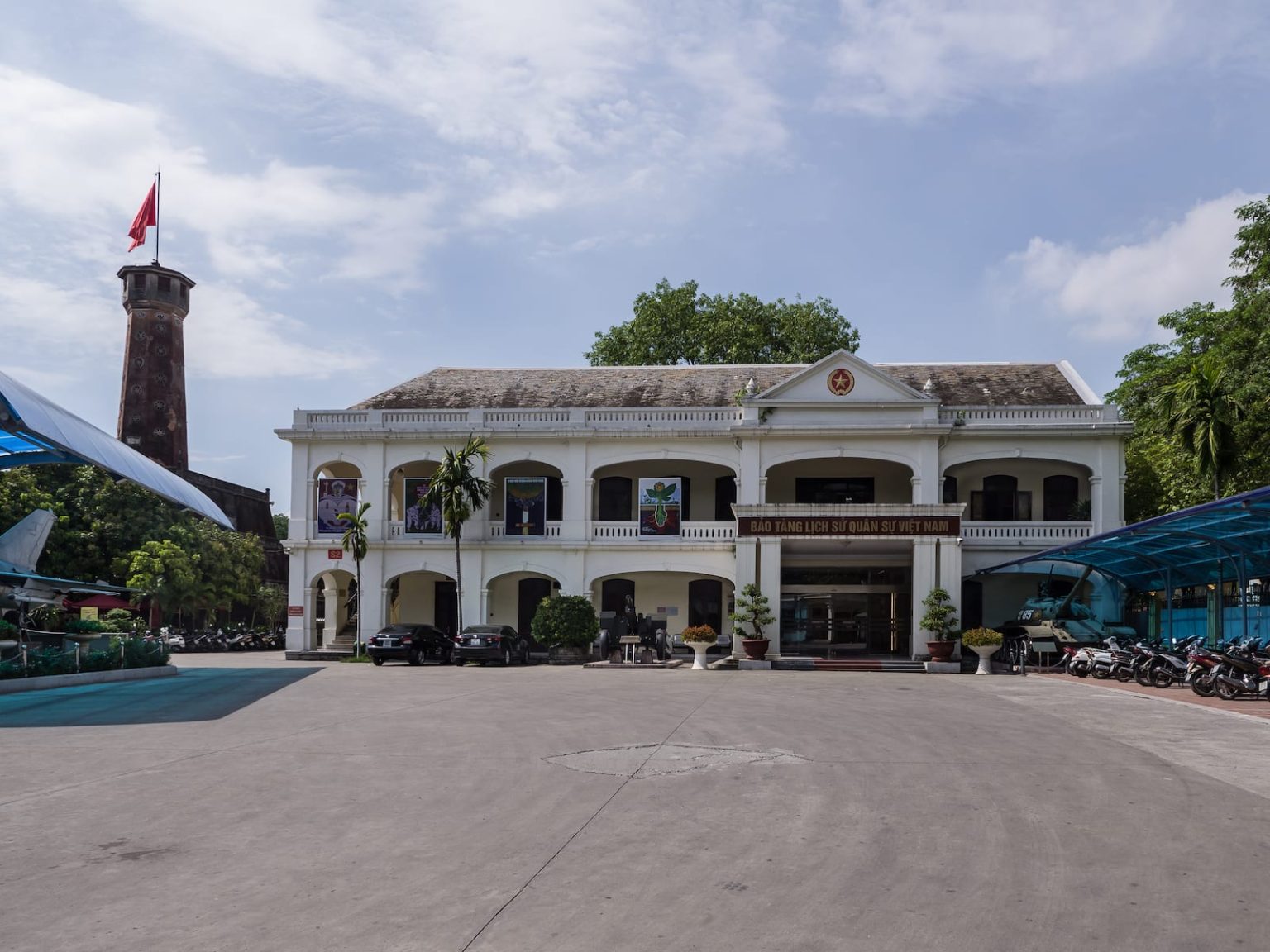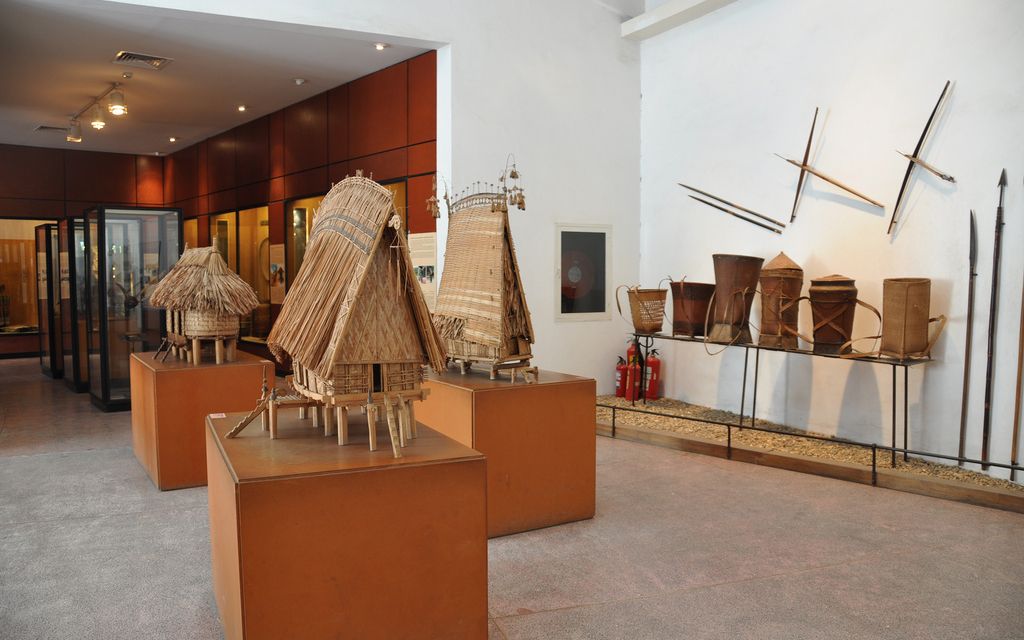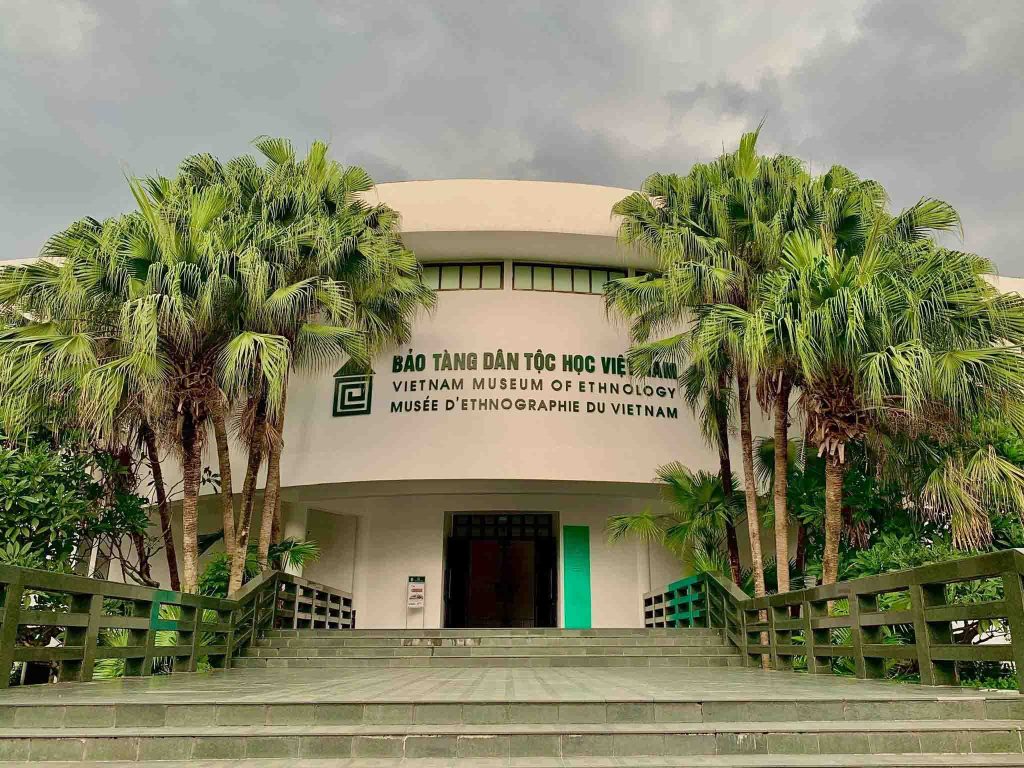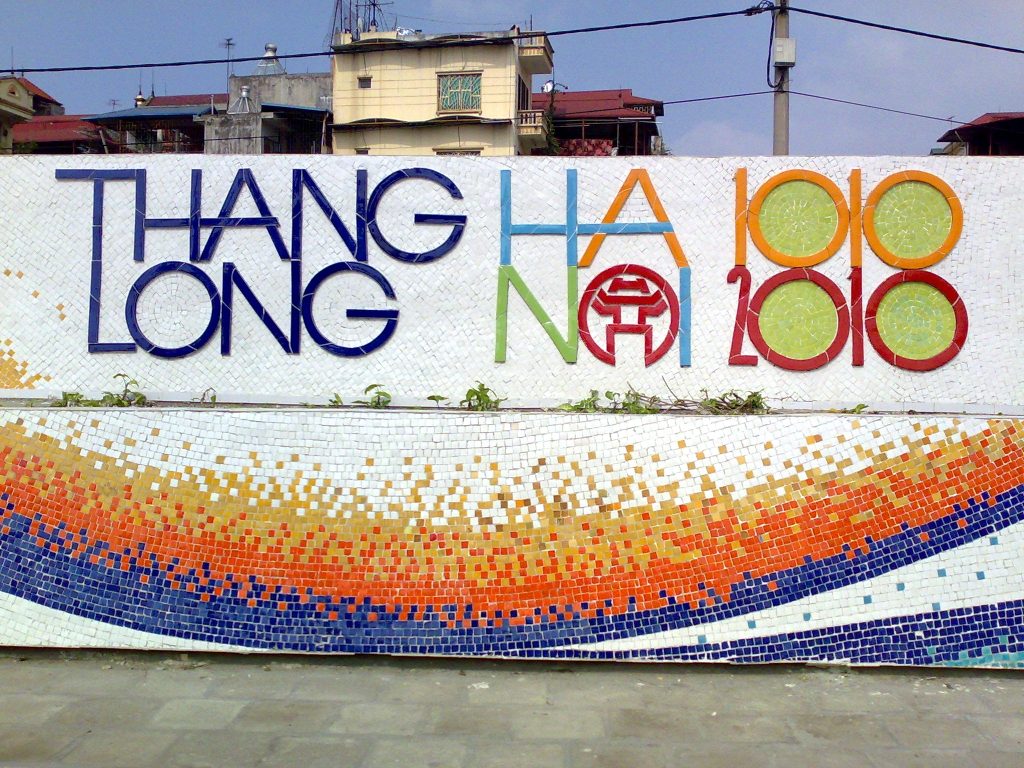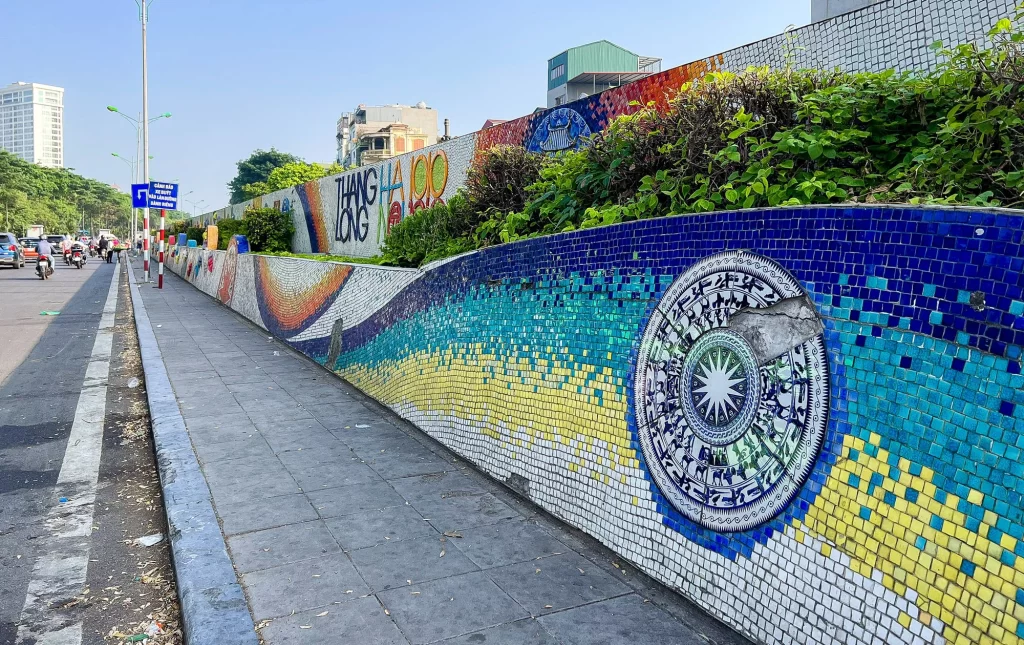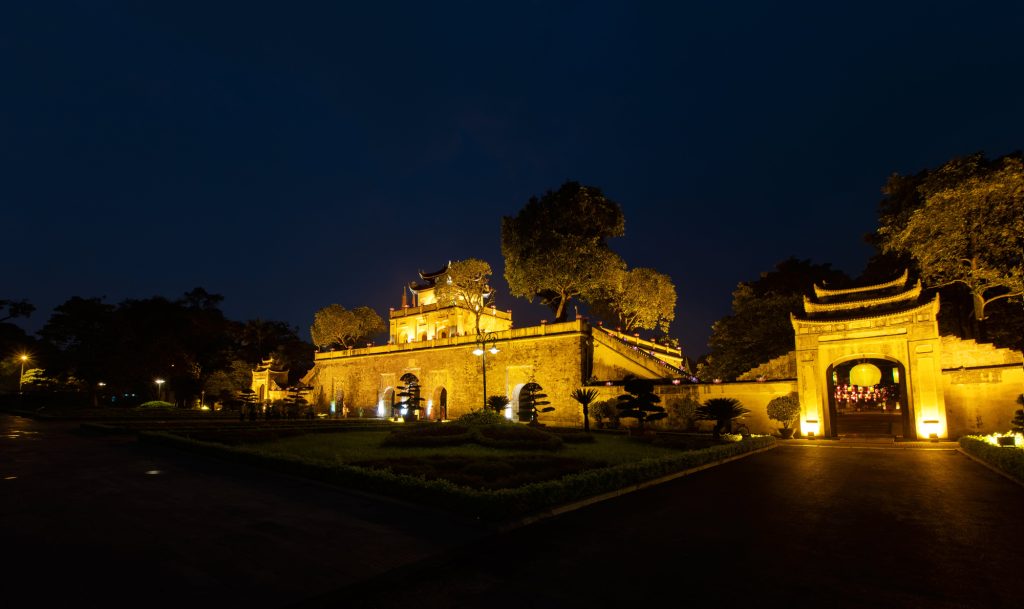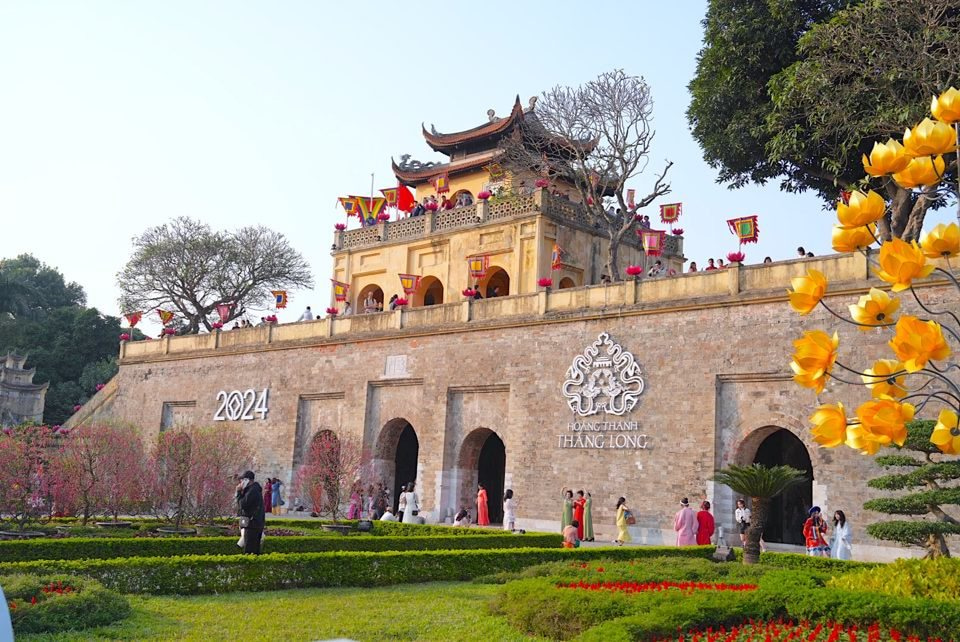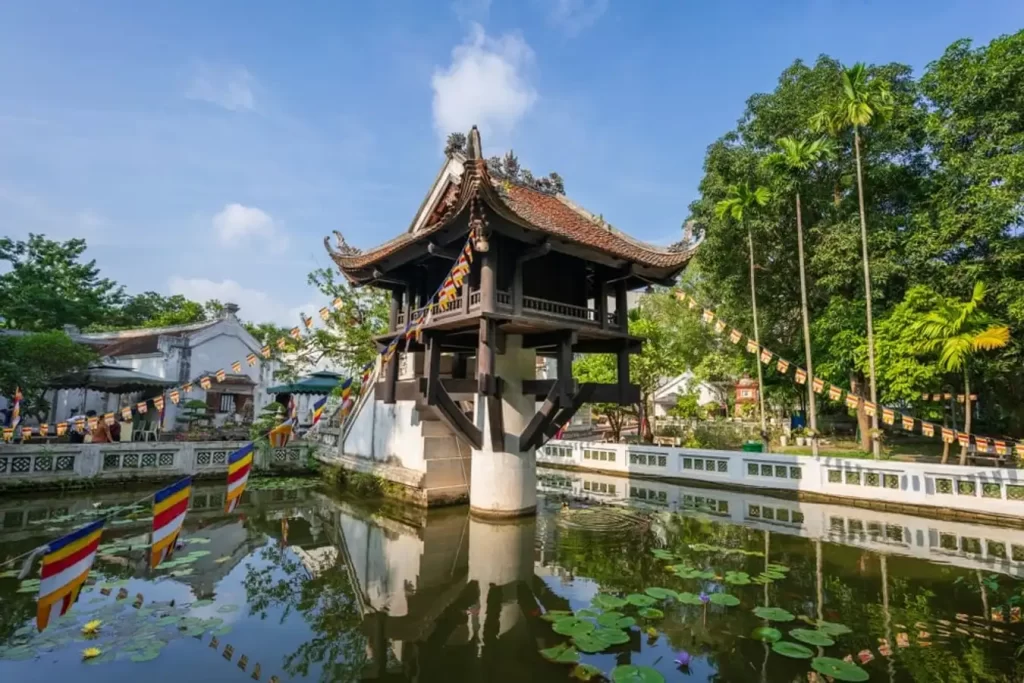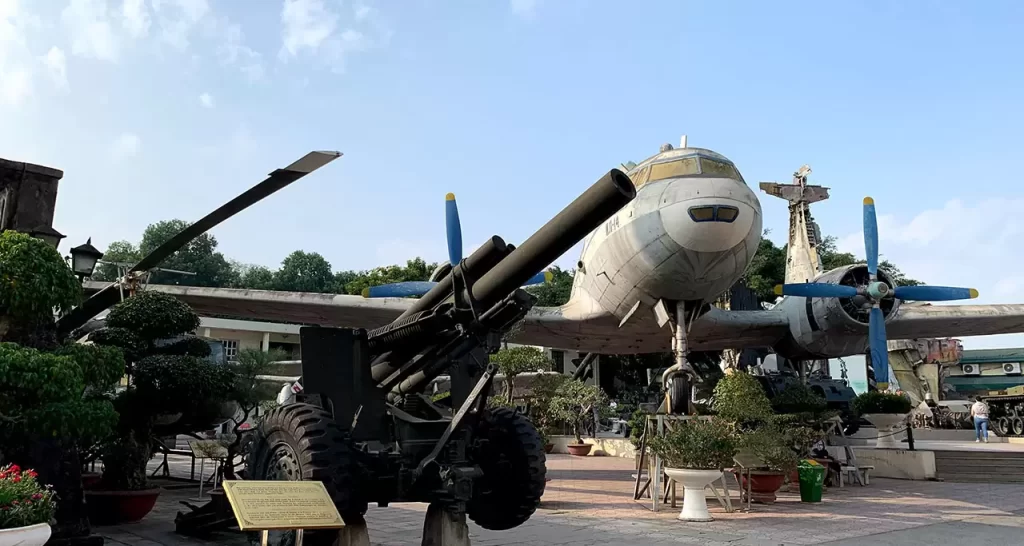Journey Through Vietnam's Battles: The Vietnam Military History Museum
Explore Vietnam's storied past at the Vietnam Military History Museum. Through compelling exhibits, authentic artifacts, and detailed narratives, visitors can trace the nation's battles and enduring resilience, gaining profound insights into its rich military heritage.
Location: 28A Dien Bien Phu, Dien Bien, Ba Dinh, Hanoi, Vietnam (click here to open google map)
Where is Vietnam Military History Museum? How to get there?
Address: No. 28A, Dien Bien Phu Street, Ba Dinh District, Hanoi
To reach the museum, visitors can use a taxi, motorbike, or ride-sharing service from various locations in the city. Additionally, public buses serving the area provide an affordable and convenient transportation option. Its central location ensures easy accessibility for those interested in exploring Vietnam's military heritage.
Located in the heart of Hanoi, the Vietnam Military History Museum spans 10,000 square meters and is just a short walk from other famous attractions, such as the Presidential Palace, Ho Chi Minh Mausoleum, Botanical Gardens, and Uncle Ho's stilt house.
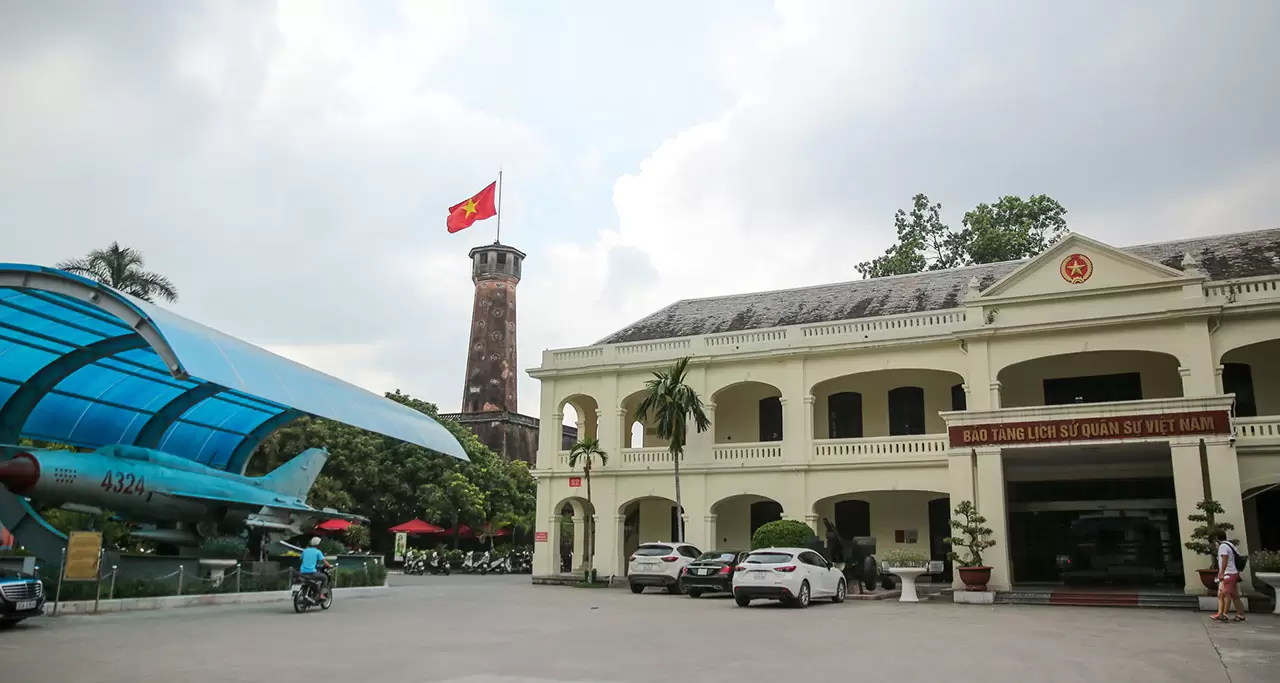
Things to know about the history of Vietnam Military History Museum
The Vietnam Military History Museum, founded on July 17, 1956, after the Vietnamese victory at the Battle of Dien Bien Phu, marks the end of French colonial rule. It was established to preserve and showcase the nation's military heritage and honor those who fought for independence. Initially located in Hanoi's Old Quarter, the museum moved to its current location at 28A Dien Bien Phu Street, Ba Dinh District, in 1963, offering more space for its expanding collection and growing number of visitors.
The museum features an extensive collection of artifacts, weapons, uniforms, documents, and photographs, covering various periods of Vietnam's military history. These periods include ancient Vietnamese dynasties and wars against foreign powers such as France, the United States, and neighboring countries. A highlight of the museum is its outdoor display, which includes tanks, armored vehicles, artillery pieces, and aircraft, providing a tangible connection to Vietnam's military past.
The Vietnam Military History Museum is a significant cultural and historical institution, serving as a place of remembrance, education, and reflection. It honors the sacrifices of those who fought for Vietnam's independence and sovereignty, offering visitors a deeper understanding of the nation's military history and its impact on Vietnam's identity and development.

What to see when at the Vietnam Military History Museum?
Explore these pivotal moments in Vietnamese history:
Today, the museum boasts an extensive collection of tens of thousands of artifacts, showcased across three indoor galleries and two outdoor spaces. These exhibits vividly narrate the tale of Vietnamese resistance throughout history. Most visitors find themselves engrossed for around two hours, captivated by the diverse array of weapons utilized across Vietnam's enduring struggle for independence.
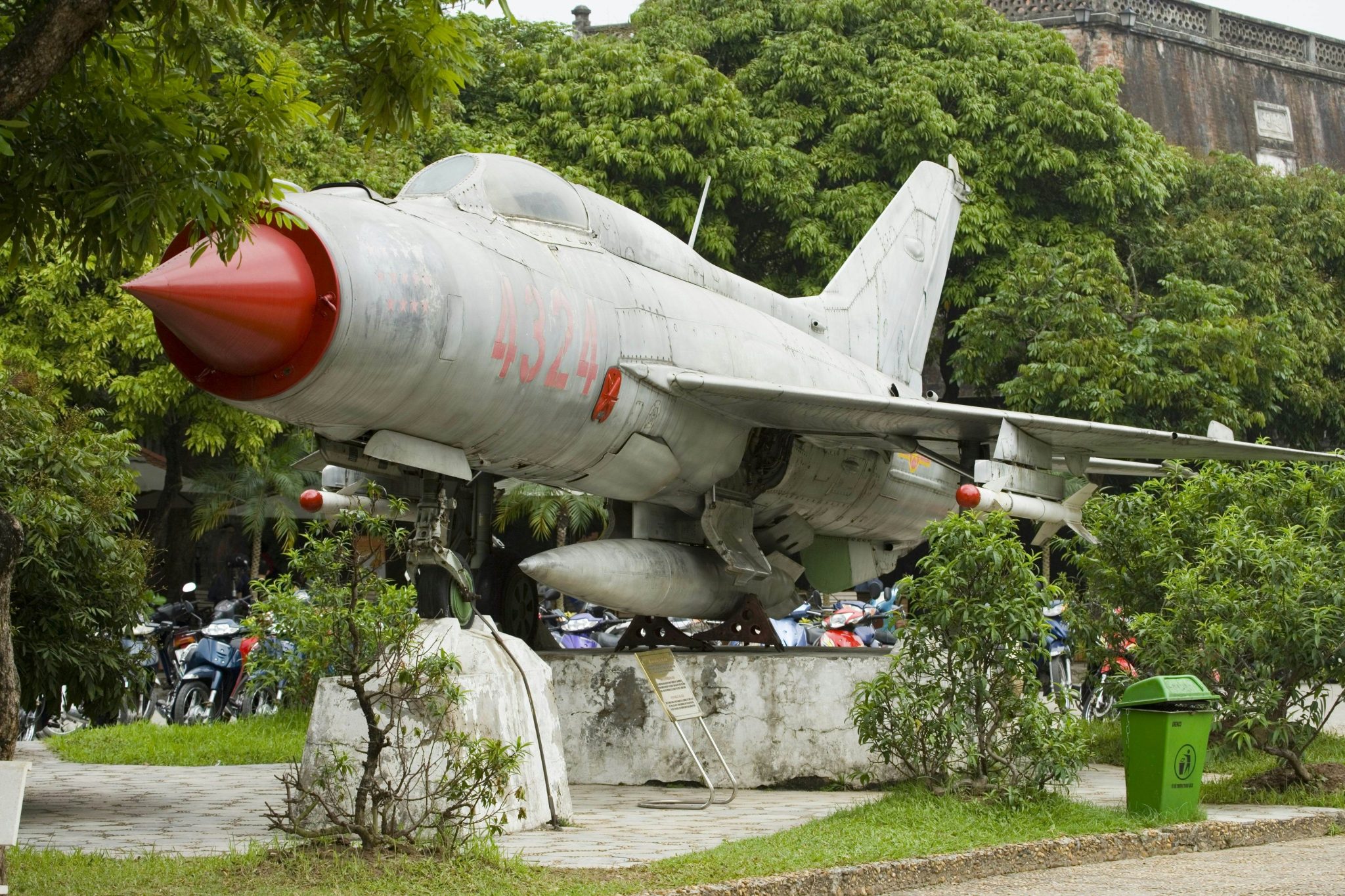
1. Outdoor Exhibits
Step into the outdoor exhibition space and behold a captivating array of military hardware that traces Vietnam's tumultuous history. Among the highlights are formidable tanks, imposing artillery pieces, and iconic aircraft, each bearing the scars of conflict endured throughout the nation's past. Of particular note is the poignant wreckage of a B-52 bomber, a stark reminder of the Vietnam War era and its enduring impact.
Moreover, this outdoor showcase encompasses a diverse array of weaponry, including various types of bombs utilized by the US forces alongside Vietnamese artillery guns renowned for their ability to down American B-52 heavy bombers. Adding to the historical tapestry are cannons dating back to the Nguyen Dynasty, crafted in the 19th century and unearthed in the vicinity of the Thang Long Citadel in 2003. These artifacts offer a tangible connection to Vietnam's rich heritage, underscoring the resilience and ingenuity of its people across the ages.
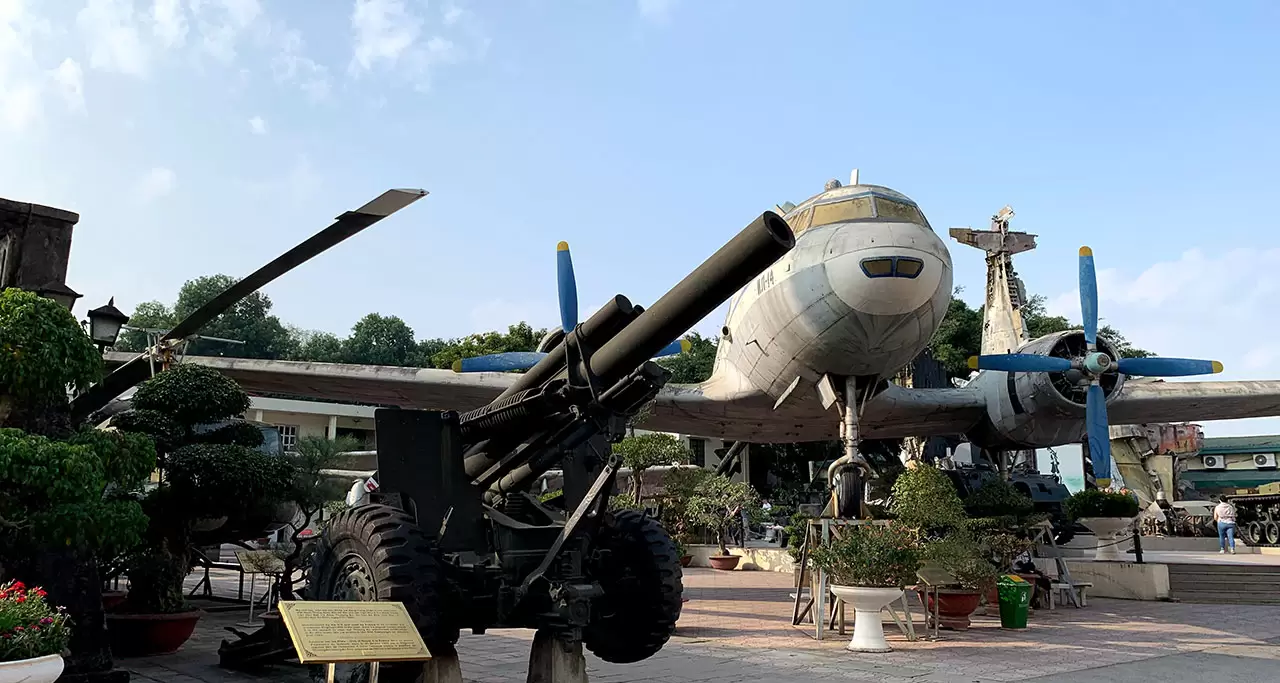
2. Indoor galleries
Embark on a captivating journey through Vietnam's military heritage as you step into the meticulously curated indoor galleries of the Vietnam Military History Museum in Hanoi. These galleries, thoughtfully organized both chronologically and thematically, offer a comprehensive exploration of the nation's storied past, spanning ancient conflicts to modern warfare.
Comprising three buildings, each boasting two floors teeming with an impressive array of war artifacts and historical documents, the museum promises an immersive experience for visitors. Among the standout exhibits awaiting discovery are:

3. Ho Chi Minh Trail Display
Delve into the intricate network of the Ho Chi Minh Trail, a vital lifeline for North Vietnamese forces during the Vietnam War, as you explore this captivating exhibit. Named in honor of the revered Vietnamese leader Ho Chi Minh, the trail served as a strategic artery, facilitating the clandestine movement of troops, weaponry, and essential supplies from North Vietnam to the battlegrounds of the south.
Uncover the profound significance of the Ho Chi Minh Trail in sustaining the communist insurgency in South Vietnam, despite relentless bombing campaigns by the United States. Gain insight into the operational challenges confronted by North Vietnamese forces as they navigated the perilous terrain and evaded aerial bombardment to keep the trail operational.
Embark on a journey through the logistical complexities of maintaining and operating the trail amid constant threat, as interactive displays and detailed maps offer a window into the trail's intricate web of roads, pathways, tunnels, and river crossings. Traverse rugged landscapes, dense jungles, and hostile territories, gaining a deeper understanding of the ingenuity and resilience required to sustain this crucial supply route throughout the duration of the war.
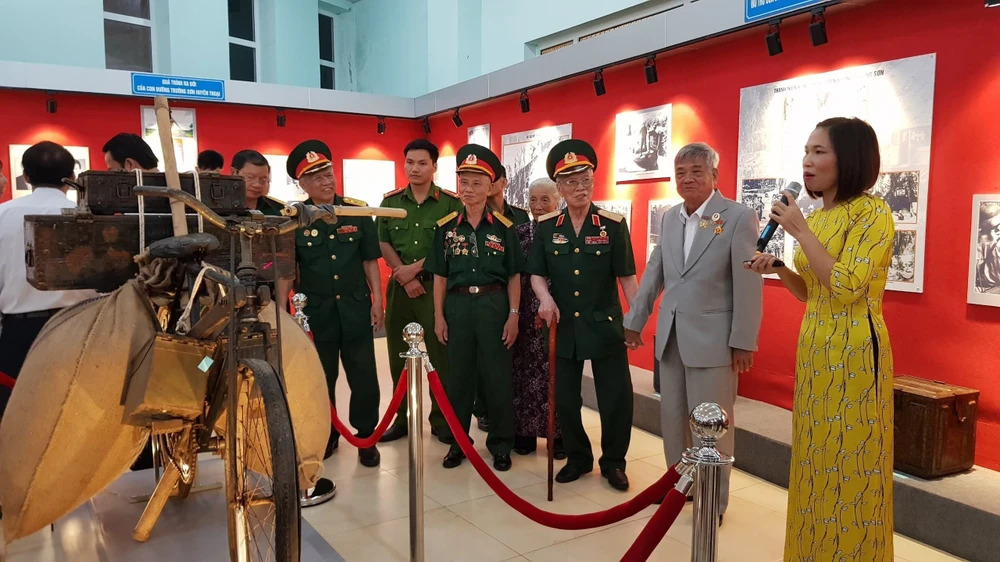
4. War Remnants Exhibits
Step into a poignant exploration of the human toll of war as you encounter a rich tapestry of artifacts, memorabilia, and personal possessions belonging to soldiers, civilians, and victims of conflict. From uniforms and equipment to heartfelt letters, diaries, and cherished photographs, these items offer a deeply personal glimpse into the lives and experiences of those touched by the ravages of war.
Central to the exhibits are the evocative photographs that serve as visual testaments to the profound impact of war. Through these compelling images, visitors are transported into the heart of the devastation, gaining a visceral understanding of the harsh realities faced by individuals caught in the midst of conflict.
Engage with immersive storytelling experiences through interactive displays and multimedia presentations, which seamlessly blend audio recordings, video interviews, touchscreen interfaces, and digital archives. These dynamic elements foster deeper connections and empathy, allowing visitors to bear witness to the human stories behind the artifacts.
The Remnants Exhibits offer a multifaceted exploration of the enduring legacy of war, spanning themes such as the plight of refugees, the devastating effects of chemical warfare, the ongoing search for missing soldiers and civilians, and the resilient efforts to heal and rebuild communities shattered by conflict. Each exhibit serves as a poignant reminder of the enduring human spirit and the collective journey towards healing and reconciliation.
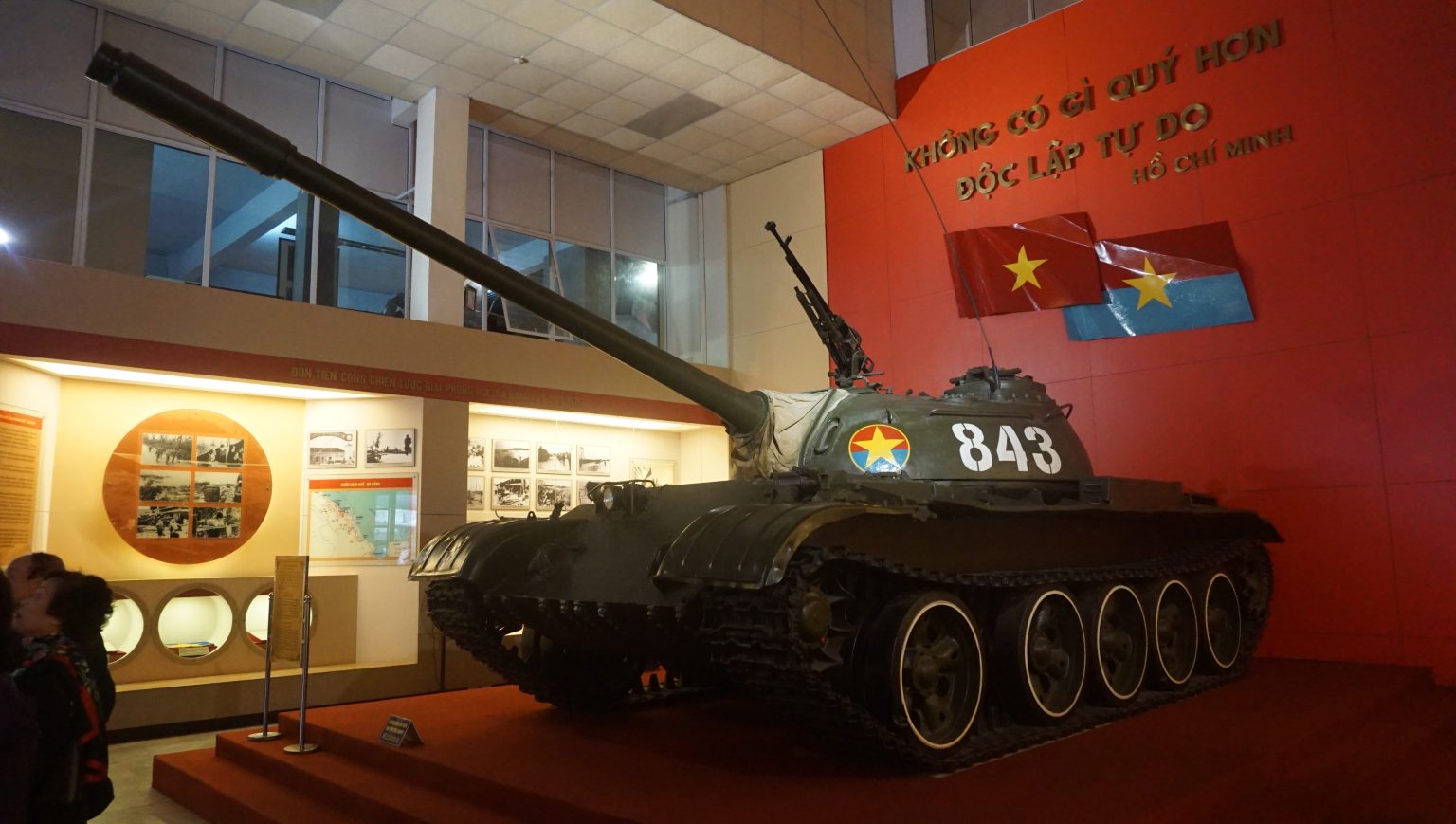
5. Memorial Garden
Explore the tranquil expanse of the Memorial Garden, where a collection of monuments, statues, and memorial plaques pays homage to the fallen soldiers, military heroes, and individuals who have left an indelible mark on Vietnam's military history. Amidst lush greenery, these solemn tributes depict scenes of valor, sacrifice, and national pride, serving as enduring symbols of remembrance and reverence.
Each section of the garden is dedicated to specific events, battles, or military units, with its own distinctive memorial marker or monument. As visitors wander through the garden's pathways, interpretive signage and displays offer insights into the historical significance of each commemorative site, providing context and understanding.
The Memorial Garden serves as a hallowed venue for ceremonial events, remembrance services, and commemorative gatherings, where veterans, fallen soldiers, and war victims are honored and remembered. Ceremonies such as wreath-laying, flag-raising, and moments of silence allow visitors to pay their respects and reflect on the sacrifices made by past generations.
More than a place of remembrance, the Memorial Garden embodies the values of patriotism, solidarity, and national unity, reminding visitors of the enduring spirit that has guided Vietnam through times of adversity. Whether strolling along its serene pathways alone or as part of a guided tour, the garden offers a poignant and contemplative experience that honors the rich legacy of Vietnam's military history while inspiring reflection and gratitude for those who have served and sacrificed.
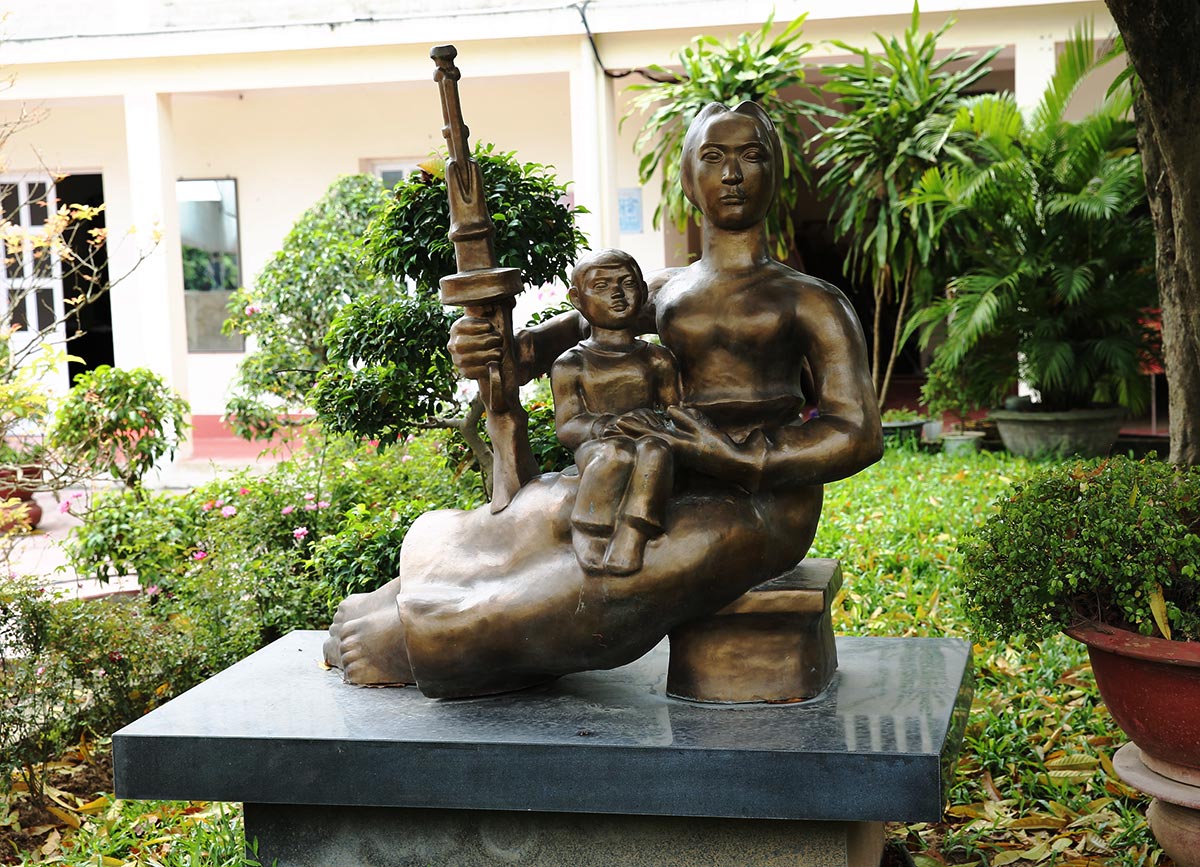
Information for visitors to Vietnam Military History Museum
Plan your visit to the Vietnam Military History Museum with these helpful tips:

